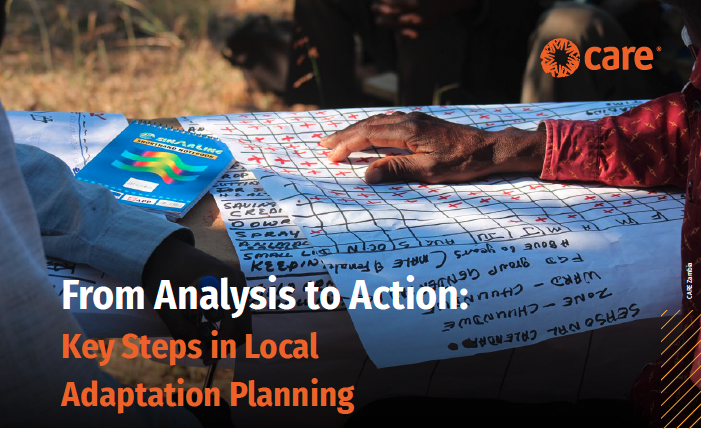From Analysis to Action: Key Steps in Local Adaptation Planning
Lessons from the Locally-led Adaptation Learning Pilot in Zambia
Local climate adaptation planning is paramount in addressing the increasingly urgent challenges posed by climate change. Statistics underscore the critical need for proactive measures: according to the World Bank, climate-related disasters have affected over 1.7 billion people worldwide in the past two decades alone. Furthermore, the Intergovernmental Panel on Climate Change (IPCC) warns that without significant adaptation efforts, the impacts of extreme weather events, such as hurricanes, floods, and droughts, will worsen, exacerbating food insecurity, displacement, and economic losses. In this context, local adaptation planning emerges as a crucial tool for enhancing resilience and safeguarding livelihoods, infrastructure, and ecosystems.
For adaptation planning to be effective, there should be an integration of climate risk assessments, designing and implementation of community-driven solutions in a Local Adaptation Plan (LAP), and policy advocacy all planned and sequenced as part of the same process. The information gleaned from climate risk analysis can be effectively used to guide the creation and implementation of local adaptation plans, while opportunities for learning events and policy advocacy ensure sustainability and scale. This guide provides a practical case study of what this sequencing looked like throughout CARE’s Locally-led Adaptation Pilot (LLAP) in Southern Zambia and provides insights on how practitioners can design adaptation planning processes from analysis to action. It also also thereby offers insight as to types of investments needed from donors and governments.
